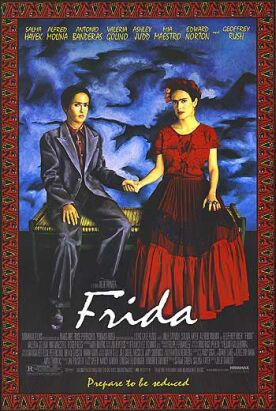Hidden in Plain Sight
The anti-Americanism of Hidden in Plain Sight, written and directed by John H. Smihula and narrated by Martin Sheen, does at least allow for the inclusion of a few token spokesmen for the army’s School of the Americas at Ft. Benning, Georgia, that favorite target of the international left which is its subject. True, the only one of these apologists who is given time to make a serious point is immediately branded a liar and a war criminal, but there is just this much of a hint that there might be another side to the story. I suppose we should be grateful for small mercies.
In case you haven’t heard, the charge against the SOA, now closed and reopened in the same premises as the Western Hemisphere Institute for Security Cooperation, is that it taught Latin American army officers to torture and murder political dissidents in their own countries. If this is true, my objection to the School of the Americas, like that to Schools of Education, would be that they spend taxpayers’ money to teach things in formal classroom settings that people can quite easily pick up for themselves on the job. How complicated can torture be, anyway? I myself would undertake to produce the same results as the alleged American experts and all their expensive equipment with such ordinary household implements as a kitchen knife, a length of electrical cord, a pair of pliers and a red hot poker.
Is there something about Latin American leftists that makes their flesh resistant to such devices? Why else would their torturers have to come to America to learn how to torture? I guess it’s a leftie thing, and I wouldn’t understand it. But I can help noticing that the usefulness of the issue to anti-American protestors is that provides a means for them to blame the US when Latin Americans torture and murder each other as they have been doing for centuries, even if America hasn’t tortured and murdered anybody herself.
True, at one point in the picture, the authors allege a direct US government involvement in running “death squads,” particularly in El Salvador and Guatemala, even naming the Bush administration’s Ambassador to the U.N., John Negroponte, as a culprit. For this apparently undocumented assertion there is no answer, so you may suppose, if you please, that it is true. But if so you must suppose — as you can’t help noticing the film does — that Latinos are so hopeless at oppressing each other they can’t even run a simple death squad without American help and advice. Anyway, what is the training course of the SOA or its successor for? Who’s shooting back? And if no one, why are there death squads in the first place? The film has no answer to this most basic question.
So far as it is concerned, the instruments of oppression are only there to satisfy the blood lust of the Americans and their stooges, since they hold all the power anyway and so would hardly need to murder innocents just to hang on to their privileges. But it appears that those on the left for whom films like these are intended demand nothing more in the way of plausibility for their scenarios of oppression than the easy assumption of American wickedness. At one point Noam Chomsky, one of the film’s talking heads, insists that “the prime responsibility for anyone with a shred of moral responsibility is to look at themselves” with a critical eye — instead, that is, of merely finding fault with others. Yet it doesn’t seem to occur to this prince of self-righteousness that the precept applies to himself. It certainly doesn’t to the film-makers.
Discover more from James Bowman
Subscribe to get the latest posts to your email.







